Most extreme zone stretching?
Greenthumb
19 years ago
Related Stories

SMALL SPACES12 Ways to Stretch Your Space
Borrow tips and tricks from these space-savvy homes
Full Story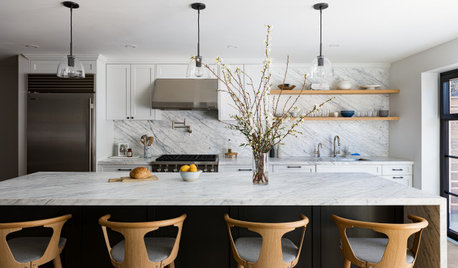
KITCHEN LAYOUTSHow to Make the Most of a Single-Wall Kitchen
Learn 10 ways to work with this space-saving, budget-savvy and sociable kitchen layout
Full Story
PLANTING IDEASStretch the Budget, Seasons and Style: Add Conifers to Your Containers
Small, low-maintenance conifers are a boon for mixed containers — and you can transplant them to your garden when they’ve outgrown the pot
Full Story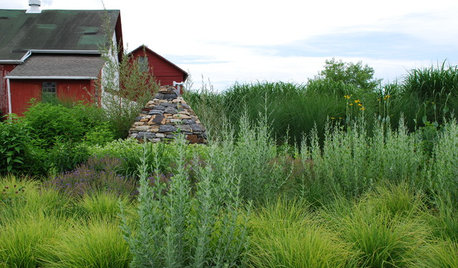
LANDSCAPE DESIGNProblem Solving With the Pros: An Abundant Garden Stretches Its Means
Swaths of resilient, eye-catching plants thrive with little care or resources in the landscape of a Pennsylvania farmhouse
Full Story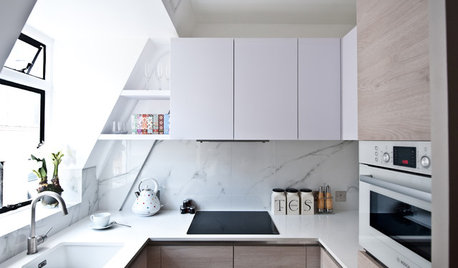
THE HARDWORKING HOMESmart Ways to Make the Most of a Compact Kitchen
Minimal square footage is no barrier to fulfilling your culinary dreams. These tips will help you squeeze the most out of your space
Full Story
GREEN BUILDINGInsulation Basics: Designing for Temperature Extremes in Any Season
Stay comfy during unpredictable weather — and prevent unexpected bills — by efficiently insulating and shading your home
Full Story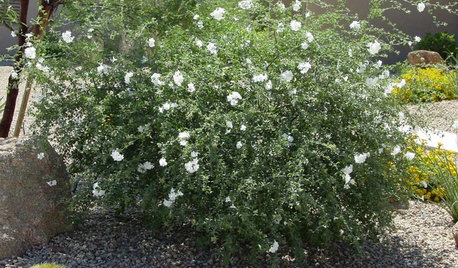
GARDENING GUIDESGreat Design Plant: Little-Leaf Cordia Handles Desert Extremes
Its delicate white flowers are rare in hot and dry sites, but Cordia parvifolia offers more than mere beauty
Full Story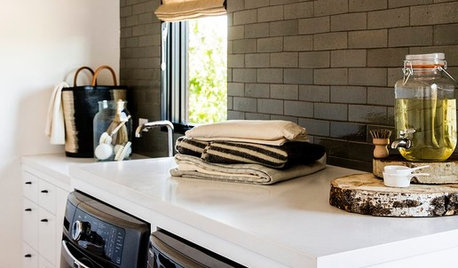
HOUSEKEEPINGClean Up Your Cleanup Zones
Make chore time more pleasant by tidying up your laundry room and updating cleaning tools
Full Story
CLOSETSThe 15 Most Popular Closet Luxuries on Houzz
Turn distressing disarray into streamlined perfection with closet organizers and amenities like these
Full Story
MOST POPULARKitchen Evolution: Work Zones Replace the Triangle
Want maximum efficiency in your kitchen? Consider forgoing the old-fashioned triangle in favor of task-specific zones
Full Story





kms4me
karij
Related Professionals
Comstock Park Landscape Architects & Landscape Designers · Suffern Landscape Architects & Landscape Designers · Stamford Landscape Contractors · Brookline Landscape Contractors · Clearlake Landscape Contractors · Dedham Landscape Contractors · Fair Oaks Landscape Contractors · Indio Landscape Contractors · Longmont Landscape Contractors · North Lauderdale Landscape Contractors · Rochester Landscape Contractors · South Portland Landscape Contractors · Weslaco Landscape Contractors · Wickliffe Landscape Contractors · Norridge Landscape Contractorsstefanb8
cassiope
leftwood
cassiope
GreenthumbOriginal Author
karij
leftwood
lesleynd
leftwood
VVGarden
jfruth
stefanb8
leftwood
paul_
belle_michele
leftwood
GreenthumbOriginal Author
stefanb8
belle_michele
mimi_stpaul
Julie
leftwood
belle_michele
leftwood
salicaceae
GreenthumbOriginal Author
cory_in_iowa
sue_minn
leftwood
GreenthumbOriginal Author
sue_minn
leftwood
GreenthumbOriginal Author
kms4me
Bob_Riebe
rockman50
rockman50
blulagoon
poiu
iowapalmz5
trooperchix
trooperchix
nomad_no_more
palmlover07
dandy_line (Z3b N Cent Mn)
leftwood
leftwood
suebee_postal